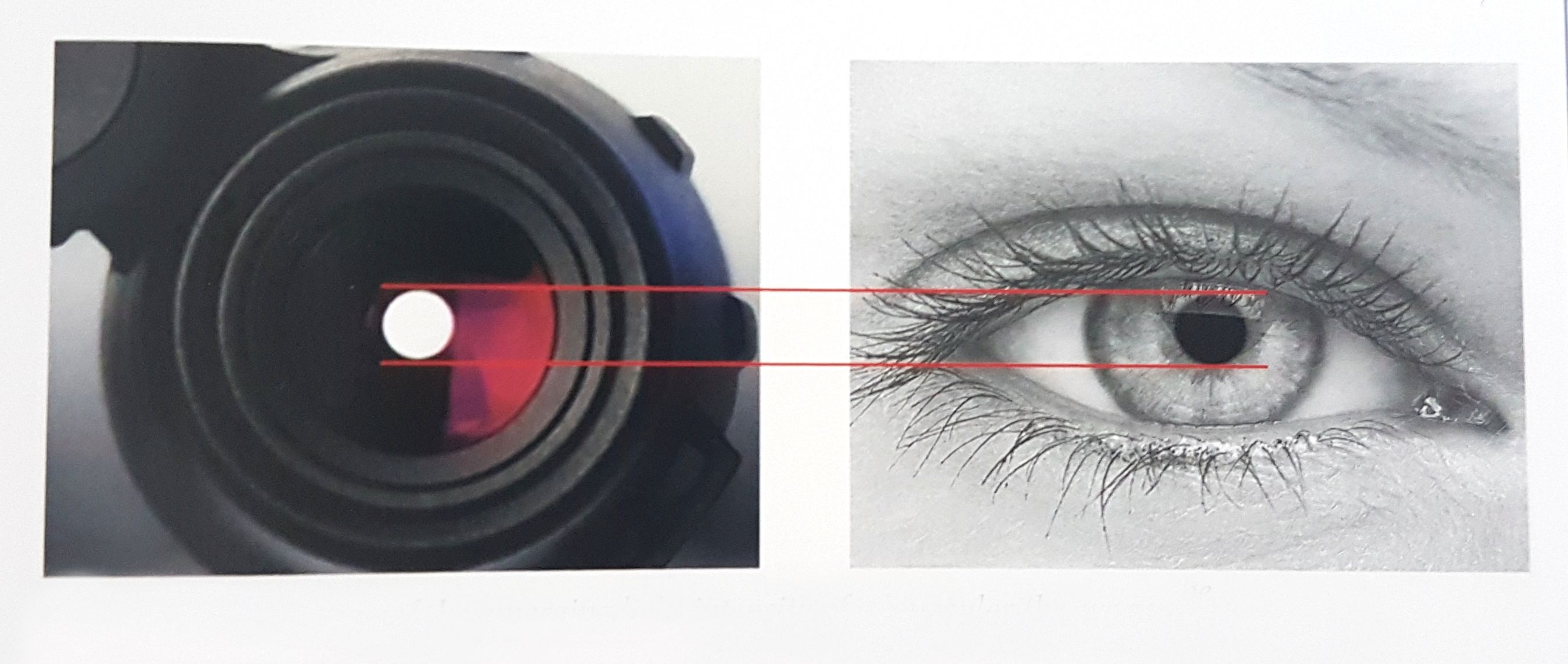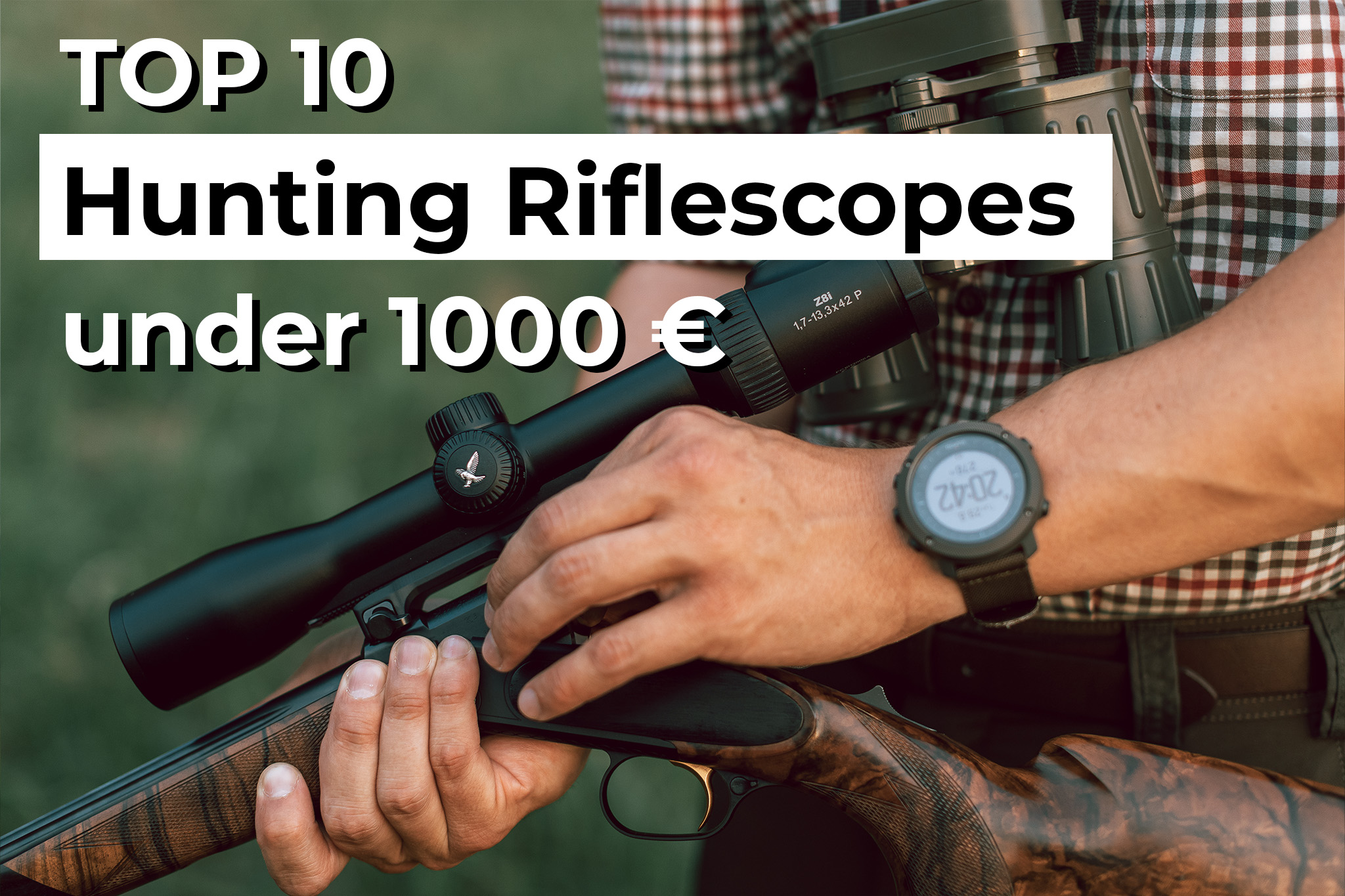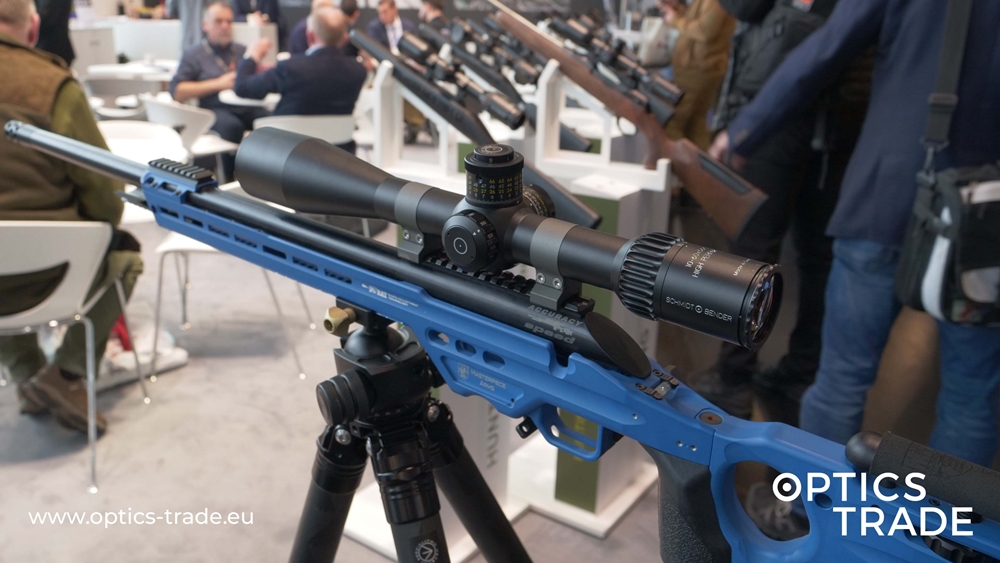Welcome to Optics Trade debates. In each episode, we talk about a different topic and try to answer the most common questions we receive about it. Today, we are going to talk about the term exit pupil.
The exit pupil is the diameter of the light coming out of the eyepiece in the focus position. The diameter can be calculated by dividing the diameter of the objective lens with the magnification (10×50 binoculars have a 5 mm exit pupil).
The diameter can range from 1 mm all the way up to 20 mm. The eye pupil can’t dilate more than 7 mm, so everything above that is useless.
Bigger exit pupils (up to 7 mm) are more comfortable for use.
The exit pupil on riflescopes comes into focus farther away from the scope because of the eye relief.
We would like to thank you for your time. In case we did not answer all the questions regarding this topic, please leave a comment below or send an e-mail to us. If you found this video useful, please subscribe to our channel.
Explanation of the term on our website:
Exit pupil is a circle from which the light is being transferred to your eye through the optical product. When you hold the optics a bit far away from your eyes towards a light, exit pupil can be seen as a bright circle in the center of each eyepiece. The larger the exit pupil the more light can reach the eye and the image appears brighter. This is why exit pupil plays an important part in the optical products in poor light conditions at dawn or dusk. Size of the exit pupil also determines how comfortable viewing through an optical product really is. An important factor is also the size of the eye box, which is a space where the eye still has an entire picture, without any tunnel vision or blurry edges. Bigger eye box means more flexibility of the eye position and therefore more comfortable viewing because the eye can move in several directions within the eye box and still obtain a full image.
The diameter of the exit pupil is calculated by dividing the lens diameter with magnification. E. g. 8×50 binoculars have an exit pupil in the diameter of 6.25 mm.
To ensure a brighter image, the eye pupil in low light conditions has to be at least as big as the exit pupil. This way there’s no loss of light and the image is as bright as possible. However, the maximum diameter of the eye pupil depends on age. At night, children’s eye pupils can widen up to 7 mm, while with aging they decrease to a maximum of 4 mm. So if the viewer’s pupils can only be open up to 4 mm, the 7 mm exit pupil cannot be fully utilized. It may contribute to more comfortable viewing, but not to the brighter image.

Source: ZEISS
In daylight, when the eye pupil is open up to 3 mm, all the optics with exit pupil bigger than 3 mm are equally bright. For example, the 8×30 binoculars with 3.75 mm exit pupil are no brighter than 8×56 binoculars with 7 mm exit pupil. Those with 7 mm are however more comfortable to use, since they’re less sensitive to the eye position (they have bigger eye-box).
Products mentioned:
Riflescopes: https://www.optics-trade.eu/en/riflescopes.html
Binoculars: https://www.optics-trade.eu/en/binoculars.html




